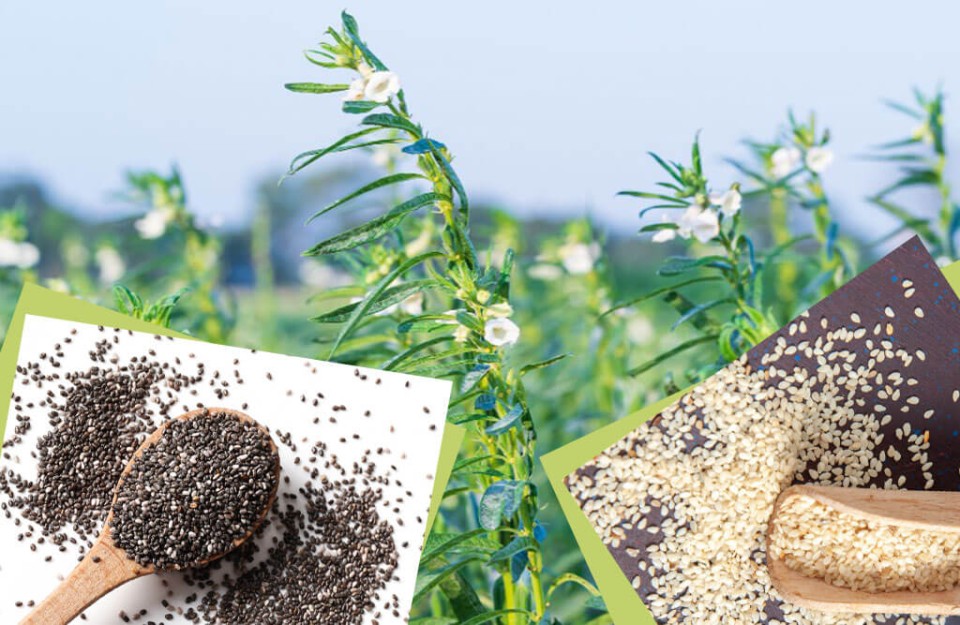
During the summer months, farmers often leave their fields fallow. By the end of April, wheat and mustard crops are typically harvested. Rather than leaving the fields vacant, it is advisable to cultivate the land properly, particularly by sowing sesame seeds correctly. Sesame crops, especially, require careful attention to watering during this season, with irrigation needing to be conducted at the appropriate times.
To sesame cultivate successfully, advanced techniques and proper management are essential. For sowing on one hectare, 5 to 6 kilograms of sesame seeds are required, with sowing being feasible from June to mid-July, coinciding with the onset of the monsoon season. During sowing, maintain row-to-row distances of 25-30 centimeters and plant-to-plant distances of 10-12 centimeters. Additionally, light irrigation should be carried out during sowing to preserve soil moisture.
For sesame cultivation, utilize fertilizers and manure based on soil testing results. To achieve optimal yields, apply 250 kilograms of gypsum before sowing. The use of 250 kilograms of neem cake before sowing is also advantageous. For weed control, the initial weeding should occur 15-20 days after sowing, followed by a second weeding within 30-35 days.
For sesame cultivation, loamy and clay loam soils are considered the most suitable. Following this, the field should be plowed with a rotavator at least twice. Subsequently, the field should be cultivated with a cultivator two to three times. When sowing sesame seeds, it should be done in a single row. This practice will lead to good crop yields. If farmers adopt this approach to sesame cultivation, they will undoubtedly profit.
Irrigation should be carried out 20 to 25 days after sowing sesame seeds. The second irrigation should be performed at intervals of 10 to 12 days. During the summer season, the market price of sesame tends to be quite high, potentially resulting in significant profits for farmers per acre of crop.